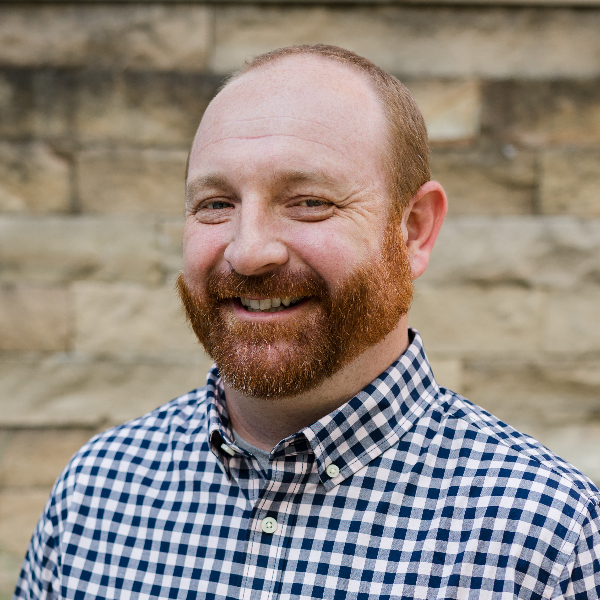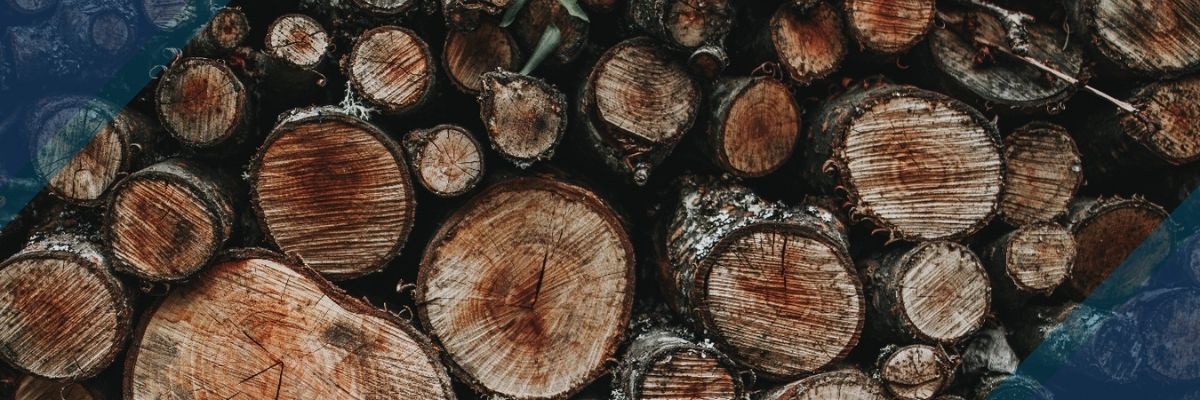Chiming in: “Geography, Ethnography and Missions” by Justin Long
I love finding good, brief articles like this recent post by Justin Long concerning people group work in the US. Justin is actually writing as a response to an article by JD Payne on the topic. Now, I want to highlight Justin’s post. The chain continues!
There are two primary points that Justin raises which are extremely important, and those are what I want to draw to your attention. I have pulled some block quotes below.
The importance of cultural distance:
An American church reaching Westernized Americans is one kind of outreach; an American church reaching first-generation Saudis or Somalis is another. The structures and methods that do for the first will not do for the second. At a bare minimum, we should not be requiring seekers who attend our church to learn our language before we are a blessing to them.
This is an important concept for American churches to understand when planning local ministry. Contextualization has always been important to a level in US churches; however, it is more important now than ever. A generation ago, churches primarily had to consider ministry with same culture and near culture people. Now, far culture and cross culture paradigms are living down the street. Unreached people group communities (especially first-generation immigrants) do not merely have a different religion, they have different world views, different languages, different cultures, and much of that runs very deep. The gospel will have to be contextualized to even be coherent to most in these groups. Simply attempting to reach them through attractional models at your Western church will not do. What we will need is a spectrum that is open and inviting to peoples from various cultures in our own churches and also a strategy for planting churches amongst other cultures. It is not an either/or but a both/and.
A rough step-by-step of people group engagement:
Justin also includes a proposed outline for reaching these people groups in US communities, and it is very similar to what we teach and train here at Southeastern. His explanation is concise and very helpful.
Recently here in my own city of Dallas several of us have begun working in a loose network on the issue of engaging diaspora. We are nowhere near a formal organization or group at this point – a lot of it is just catalysts working together. But these steps seem clear:
a) know what peoples are here in the city (Census data, school data, ethnographic surveys, etc) b) know the city itself – get a big map and start seeing the segments, the communities, the neighborhoods c) overlay the peoples on the map, start looking for “clumps” and “concentrations” d) start looking for relational connections between believers, churches and ministries and these clumps, make a list e) prayer walking the clumps – all of the clumps f) ministries that reach “into” the clumps (not just extraction/attractional ministries) – make sure all the clumps are focused on g) workers who “move into” these neighborhoods and form relationships – look for gaps
And I would add that these steps are not as daunting as they sound. I can point to several US cities where local churches, alongside of associations, are doing this work. It is possible, and I believe it is essential for us to be obedient to the Great Commission.
I will leave you with these words from Justin:
Churches can’t just “have a Spanish service.” We can’t just “welcome some internationals” into our Sunday mornings. We need to go further, intentionally getting into the lives of people who will never come to the church. This takes prayer, planning, and purposeful work.
Farmers don’t just know all about the seed they are using. They know their fields – every foot, every boundary, every furrow. Shouldn’t the church?
Go check out the full article here: Geography, Ethnography and Missions: how to select and engage a place and its peoples





